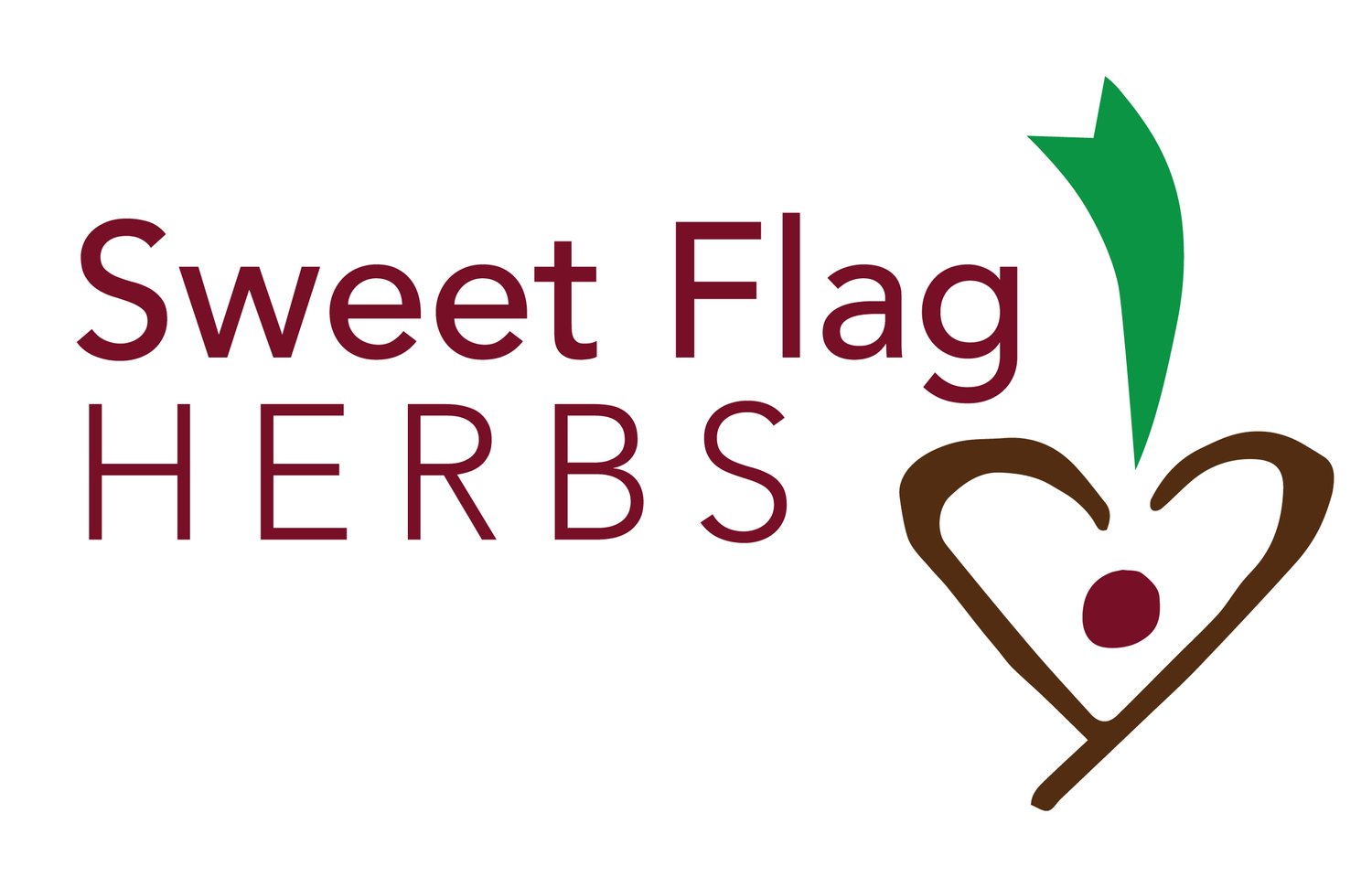In Praise of Elderberry
Elderberry and squash harvest, mid-September 2025.
In my home, elderberry is the herb of the month. One elderberry shrub in particular steals the show.
When we moved to our home in spring 2021, we found an elderberry shrub growing in the gravel under our porch. The previous owners repeatedly chopped the top off when leaves started poking through the porch floor.
Elderflower in my early summer garden, 2025
In parts of Europe, it’s tradition to plant a “house elder” outside the home. Elders were/are believed to be powerful plants, protecting the home from illness and intrusion. In The Untold History of Healing, Wolf Storl writes:
In east Friesland [in the Netherlands], when children or even adults were sick, bread and wool were placed under the branches of the house elder…According to rural beliefs, the house elder gets rid of the negativity of the entire house, barn, and stall (154).
The clothes of sick children are traditionally hung on the house elder’s branches or buried below. This is one reason why it was/is taboo to cut elder branches; the disease might pour back out (154).
Author and herbalist Rebecca Beyer writes:
On the Isle of Man, an elder tree outside the cottage door was thought to keep witches away. In Russia, Elder was believed to keep away evil spirits; in Italy they believed its wood would kill serpents and keep away robbers; in Serbia a stick of Elder was used in wedding ceremonies to bring good luck. It's magical wherever it resides (source).
Though it was in rough shape, I was delighted to find our house elder waiting under our porch. I painstakingly dug the roots out of the gravel and dusty soil. I gave it an esteemed position outside our front door.
I’d say it’s enjoying its new spot:
Elderberry shrub basking in its new location after relocating from under the porch
These photos were taken in late June 2025, when the cartoony, star-shaped flowers form showy clusters (cymes).
Black elderberry (Sambucus nigra) calls several continents home. It's native to North America (var. canadensis), Europe, Northern Africa, and Southwest Asia. In North America, Indigenous Nations use several species of elder for food, medicine, dye, musical instruments (from its hollow wood), and more. Sage LaPena (Nomtipom, Tunai Wintu) notes that elderberry syrup is "one of the best bronchial treatments” (source).
Science has affirmed elder's traditional uses as a cold + flu remedy and immune tonic. It's been found to reduce the duration and severity of cold and flu symptoms. It can also help folks steer clear of sickness altogether. Elder possesses a compound that helps prevent viruses from entering host cells.
Ripe elderberries, some covered in yeast bloom (this is fine)
As a food, elder's brightly-colored berries are packed with anti-inflammatory flavonoids, making it a lovely cardiovascular tonic.
If you’re looking for a privacy shrub, elder is a fantastic option. It grows very quickly, it’s native, the berries feed the birds, and it provides medicinal flowers and berries for humans.
My friend Peggy gave me mesh bags to protect a few berry clusters from bird munching, so we could get some, too. Right now, the black-purple berries are ripe. My guy Patrick is brewing an elderberry mead—yum! I've also restocked Elderberry Syrup Kits in my web shop for the fall season.
I feel mystified by how expensive elderberry syrup can be in stores--even when made with cheap sweeteners and herbs of questionable quality. Herbalism helped me get over the feeling that store-bought products must be better than what I can make. The opposite is often true!
I make elderberry syrup with honey instead of white sugar or corn syrup. Honey offers medicinal properties of its own, like seasonal allergy support and throat soothing.
If I can't grow or sustainably forage the herbs myself, I purchase from the most reputable companies in the country, including Mountain Rose Herbs and Starwest Botanicals. I rest easy knowing they prioritize ethics and sustainability. They also test their herbs for quality and contamination.
Have elderberry shrubs in your neighborhood? Below is a Simple Elderberry Syrup Recipe that works with fresh or dried berries:
*Safety notes: Avoid harvesting food/herbs planted in the ground next to homes built before 1978; that’s the year lead paint was taken off the market. Fresh elderberries contain a compound that can cause nausea/vomiting in sensitive folks. Cooking the berries (like when making syrup) deactivates this compound. Remove as many of the small stems as possible if using fresh berries.





